Birmingham is England’s second largest city, and for tourists, a cozy city, linked to the surrounding region by the many canals dug in past time. Birmingham was probably the first real industrial city in the world, and the canals are still part of the urban space, which since the industrialization has been added with a lot of new features.
Industrial history is still an intriguing part of Birmingham’s identity, and in the surrounding area you can take a closer look at how people took the first steps towards the efficient large-scale industry we know today. In the city itself, in the Jewelery Quarter neighborhood, you can take a closer look at Birmingham’s role as a leader in a particular industry, namely the fine craftsmanship of goldsmiths and jewelers for centuries.
Birmingham is also a city with a nice atmosphere, not least in the pedestrian streets and along the canals in the city center. Here is a lot of museums, activities and heritage buildings, and if you need to take a closer look at the city’s status as an international shopping city, it is never far to major malls and shopping arcades.
There are many sights in the vicinity of Birmingham. You can enjoy beautiful cathedrals and remains of the early industrial era in England. The day trip can also go to Stratford-upon-Avon, where William Shakespeare, as him home town, leaves his mark to this day.

The department store chain Selfridges’ building in Birmingham is one of the city’s most striking buildings and a distinguished example of modern architecture. The building was inaugurated in 2003 and is a beautiful construction in Birmingham’s urban space.
There are many canals in the center of Birmingham and there is often a good atmosphere along them. One of the best places to experience that coziness along the water is around Brindley Place and along Gas Street.
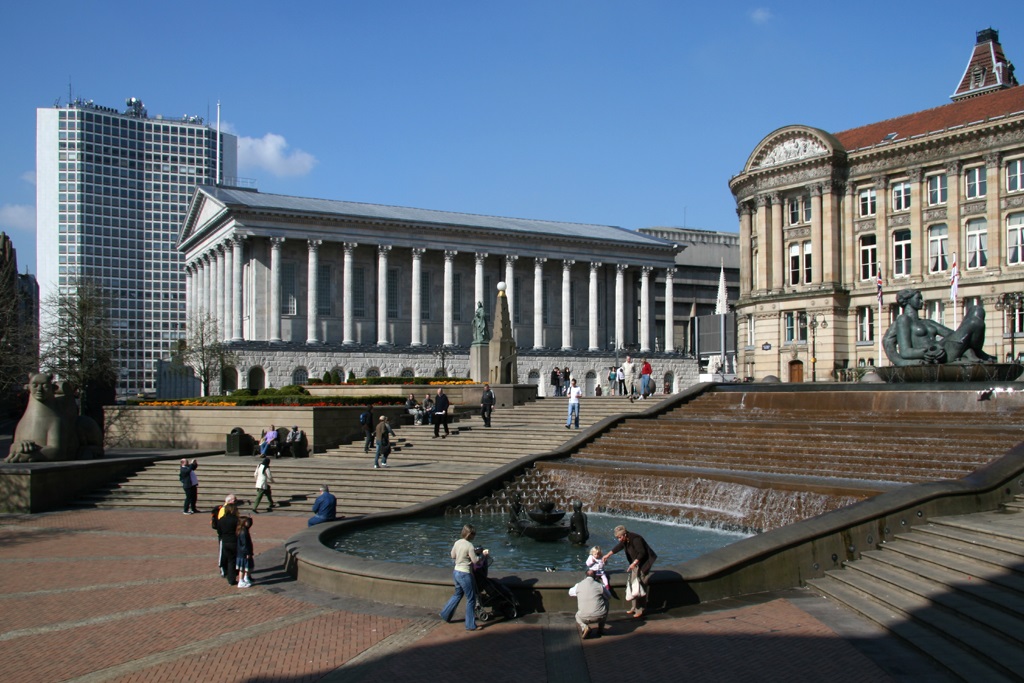
Victoria Square is considered the center of Birmingham, and this is where the town hall is located. The square was named in 1901 in memory of Queen Victoria. There are several notable buildings around the square such as Council House and Town Hall.
Aston Hall is a large mansion that in its current form stands in beautiful English late Renaissance. The current mansion was built in the years 1618-1635, but Aston Hall’s history dates back to the 1080s.
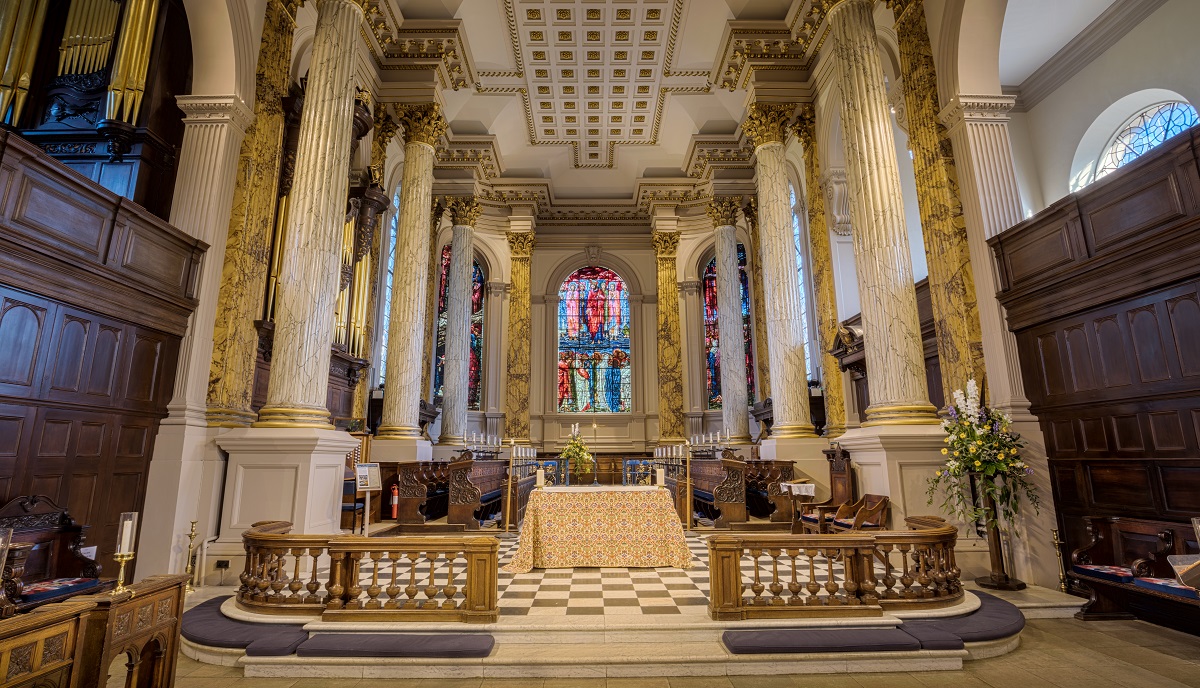
St Philip’s is Birmingham’s cathedral belonging to the Anglican Church of England. The church building is named after Robert Philips, who in 1710 donated the land on which the church and cemetery are located.
Council House is home to Birmingham City Council and the city administration. It was built in the years 1874-1879 and stands as one of the city’s most distinguished public buildings.
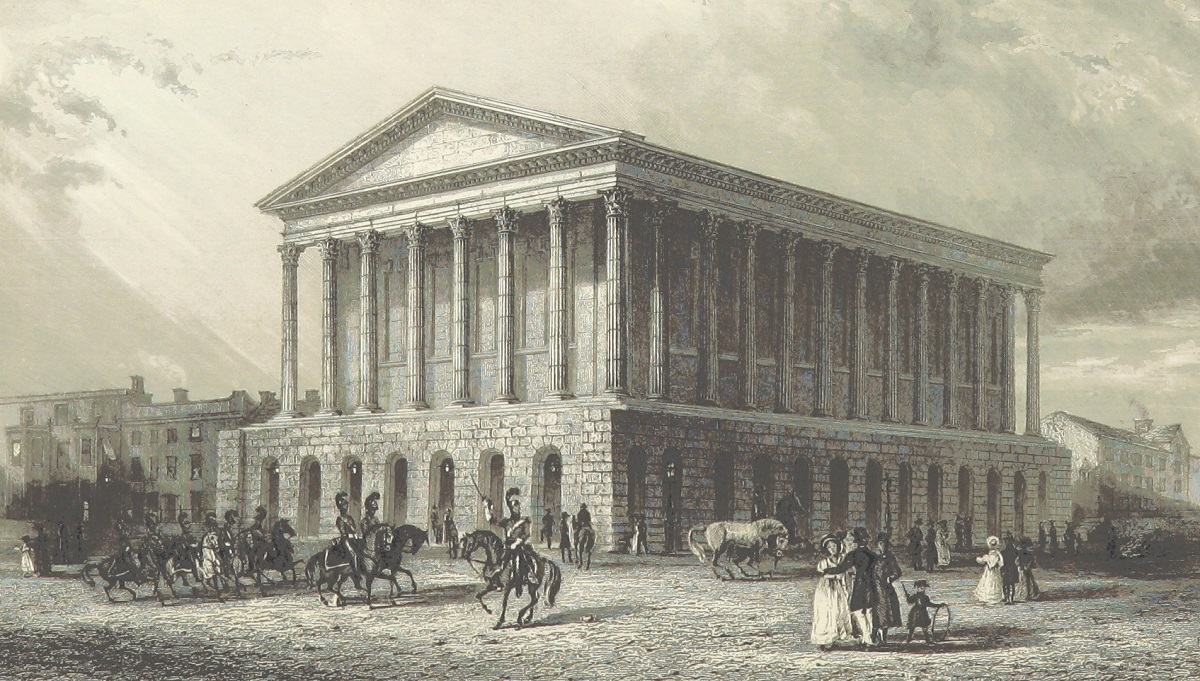
Birmingham Town Hall on the west side of Victoria Square was opened in 1834 as the country’s leading concert hall, and after 11 years it was reopened in 2007 after a large and careful restoration.
In Ikon Gallery you can get acquainted with modern art in every conceivable art form and inspiration for the senses. The museum was created precisely to get people interested in and possibly get involved in modern art.
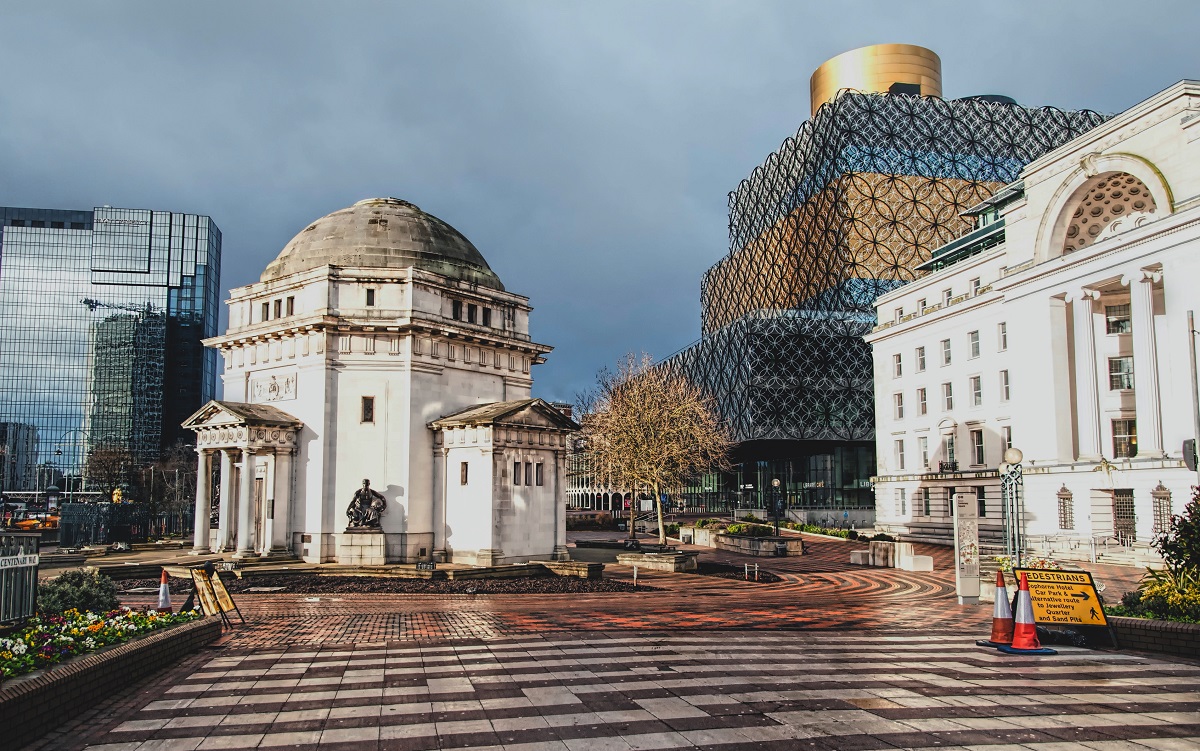
Centenary Square was named in 1989 on the occasion of the city’s 100th anniversary with the status of official city. Throughout the 20th century, the square has been central to the development of Birmingham’s administrative center.
The octagonal building, Hall of Memory, stands at Centenary Square as a memorial to the 12,320 residents of Birmingham who lost their lives during World War I.
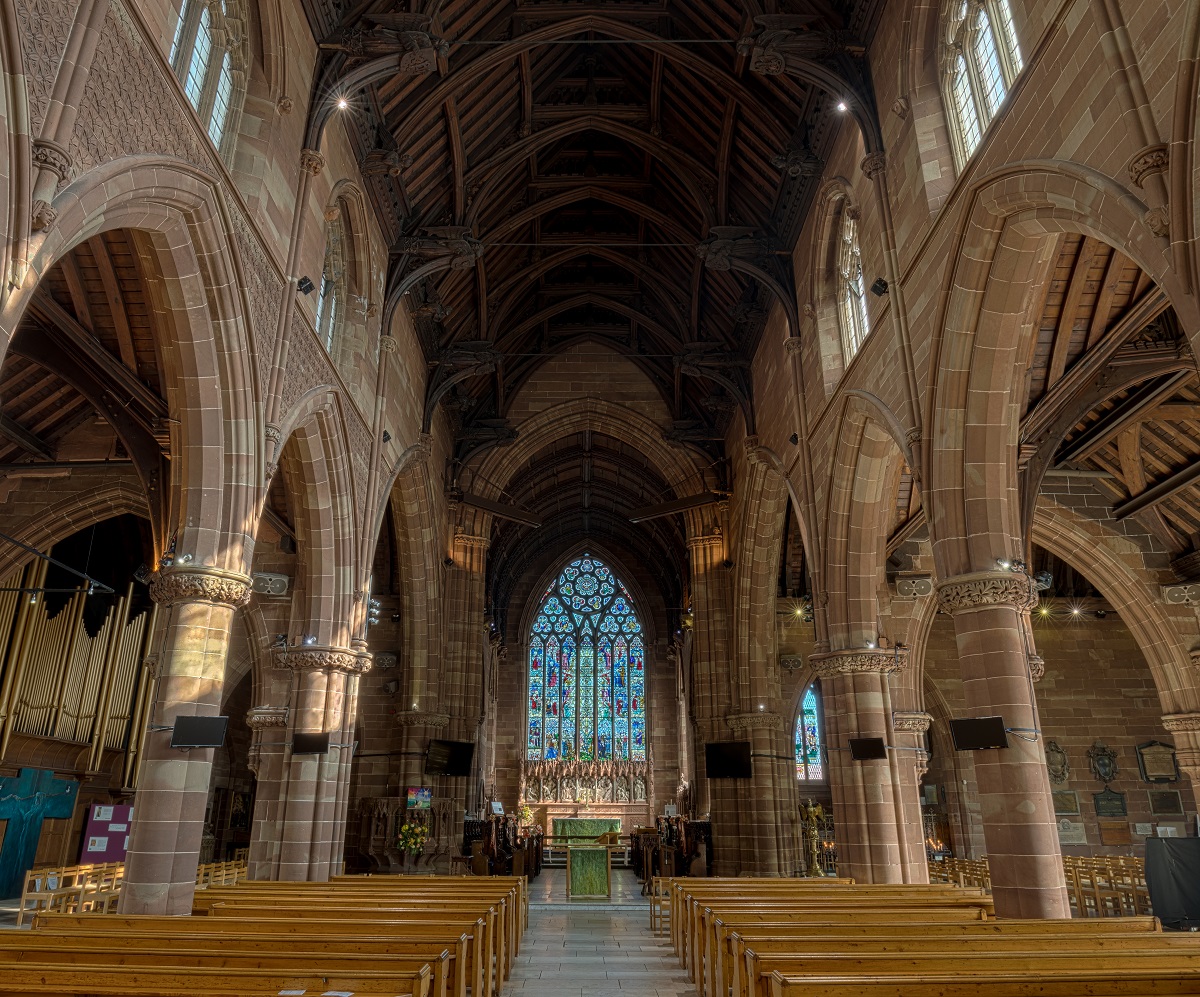
St Martin in the Bull Ring is Birmingham’s original parish church. The present church was built in 1873 on the site where there has been a church since the 13th century.
The brick building, Argent Center, is one of the most distinctive constructions in the Jewelery Quarter district. It was built in 1863 as a factory building, and a curiosity was that a Turkish bath had been set up in the building.
The Chamberlain Clock is a large stand-up clock that was set up centrally in the Jewelery Quarter district in 1903. The clock was erected in honor of the former Mayor and Member of Parliament Joseph Chamberlain.
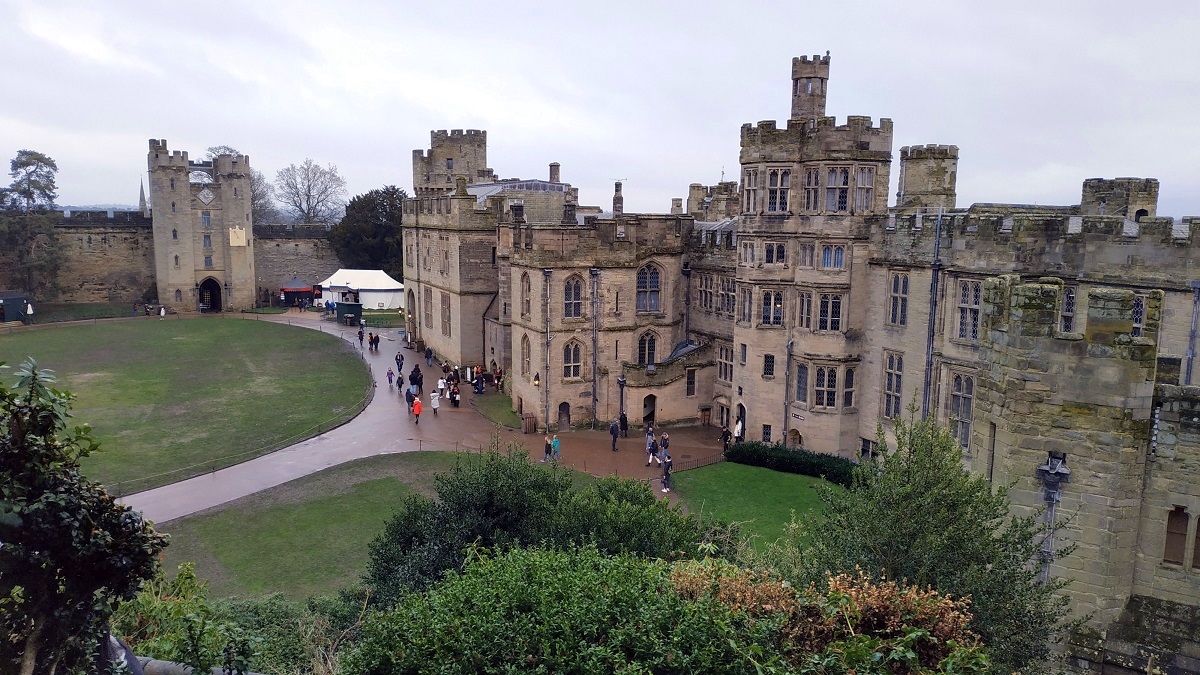
The fortress or castle Warwick Castle with its medieval atmosphere annually attracts many visitors, who on the site get a fine insight into the historical castle life and architecture of this time.
The city of Coventry, with its 300,000 inhabitants, is one of the largest in the Midlands. Coventry houses many sights of both new and old character such as several museums.
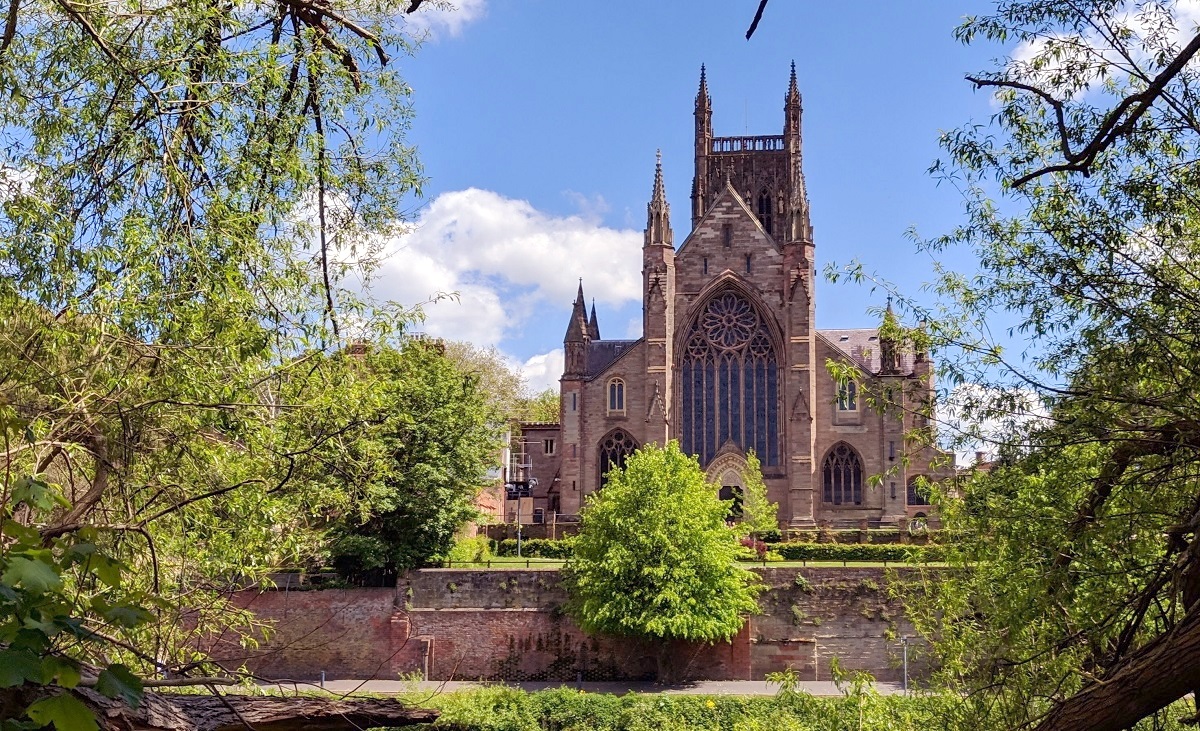
Worcester is a nice city with a long history. It is a city with a magnificent and very interesting cathedral built on the lawn College Green. King Johan without Land is buried in the church. There are other things to see in Worcester as well.
The city of Stratford-upon-Avon is one of the most visited in England. The small provincial town with 24,000 inhabitants is not least known as William Shakespeare’s birthplace, but cozy streets and a nice river atmosphere are also part of the experiences here.
St Martins Market
debenhams.com
Colmore Row
greatwesternarcade.co.uk
42 High Street
marksandspencer.com
38 High Street
pavilionsshopping.com
East Bullring
selfridges.com
Severn Street
mailboxlife.com
New Street Station
thepallasades.co.uk
New Street, Corporation Street, High Street, Bullring, Edgbaston Street
Thinktank Science Museum
Millennium Point, Curzon Street
birminghammuseums.org.uk
National SeaLife Centre
The Waters Edge
sealifeeurope.com
Birmingham and Midland Museum of Transport
Chapel Lane, Wythall
bammot.org.uk
Dudley Zoo
2 The Broadway, Dudley
dudleyzoo.org.uk
Cadbury World
Linden Road, Bournville
cadburyworld.co.uk
BBC Public Space
The Mailbox Level 10
mailboxlife.com
Birmingham Nature Centre
Pershore Road, Edgbaston
birmingham.gov.uk
In England’s Roman era, the paved highway, Icknield Street, passed through the area where Birmingham is today. Shortly after the Roman invasion of England in the year 43, a fort was built in present-day Edgbaston in southern Birmingham, and although there was a smaller civilian settlement here, it did not result in any real urban development at that time.
A few centuries after the Romans had left England, Anglo-Saxons came to the country, and in the 600s a number of villages were established, including Birmingham, whose name derives from the name Beorma, who has been an Anglo-Saxon leader. Birmingham thus means “the place for the people of Beorma”.
When the Normans arrived, the town was still small, and smaller than, for example, Aston, which was one of the area’s leading settlements. In 1154, however, a marked change occurred when Peter de Birmingham obtained trading rights from King Henry II. From being an insignificant village, Birmingham suddenly became a growing trading village; Deritend Bridge crossed the Rea River right here, and Bullring became the marketplace for the many roads leading to it. The market meant development, and craftsmen and traders settled. The first major production in the city became wool with associated spinning mills, and Bull Ring became a leading textile market from the 13th century.
In the 1300s, more than 1,000 people lived in Birmingham and at that time only exceeded the size of Coventry and Warwick in Warwickshire, but the continued development of both small industry and commerce constantly made the city bigger, and so was During this time, the city’s first major splendor was erected; the church Martin’s Church.
The 16th century was the century in which Birmingham’s status changed to be a city brought about by real industrial development. There were both coal and iron nearby and the waterways made it possible to provide energy for smaller production sites; first by knives and nails, but later a larger weapon production. In the mid-1600s, 5,500 inhabitants lived here.
The modern industrial revolution started in the Birmingham area in the 18th century; not least in Ironbridge west of town. Birmingham was at that time the capital of the area, and for centuries it was named the first industrial city in the world. To ensure easier access to raw materials and shipping of goods to the rest of the country, the extensive canal system was dug around Birmingham from the 1760s.
By the mid-1700s, population growth had outpaced Birmingham than any other city in the Warwickshire region, and the population increased from 24,000 in 1750 to 74,000 in 1800, o before the end of the 19th century, 630,000 lived there, making Birmingham the second largest city in England. .
The railroad came to town in the 1830s, and it was at the same time that the city’s increasing economic strength and significant population numbers resulted in locally elected representatives in the English parliament. In 1838 an elected city council was also set up for the first time.
Later in the 19th century, and especially under Mayor Joseph Chamberlain in the 1870s, the City Council invested heavily in creating better conditions for the citizens of the city, who for many people lived in overcrowded slums. Expansion of the sewerage network as well as gas and water pipeline was part of the ambitious project.
Today, the influx of new citizens continued in the 20th century, and industrialization developed into, among other things, extensive weapons production, which resulted in heavy bombardments during World War II. More than 2,000 inhabitants were killed during the war years and almost 13,000 buildings were destroyed, which is why a major reconstruction and redevelopment program was initiated in 1946. Later, especially in the 1970s and 1980s, many of the city’s industries closed down and the areas have gradually been developed into new lovely places of culture and nightlife. Thus, there are efforts to attract more tourists; among other things for conferences.
The last half of the 20th century was the year when Birmingham became one of England’s most multicultural cities, and in 2001, ethnic minorities accounted for about 30% of the city’s citizens, who today count one million in the city itself and 2.3 million in Greater Birmingham.
Overview of Birmingham
Birmingham is England’s second largest city, and for tourists, a cozy city, linked to the surrounding region by the many canals dug in past time. It was probably the first real industrial city in the world, and the canals are still part of the urban space, which since the industrialization has been added with a lot of new features.
Industrial history is still an intriguing part of the city’s identity, and in the surrounding area you can take a closer look at how people took the first steps towards the efficient large-scale industry we know today. In the city itself, in the Jewelery Quarter neighborhood, you can take a closer look at Birmingham’s role as a leader in a particular industry, namely the fine craftsmanship of goldsmiths and jewelers for centuries.
About the upcoming Birmingham travel guide
About the travel guide
The Birmingham travel guide gives you an overview of the sights and activities of the English city. Read about top sights and other sights, and get a tour guide with tour suggestions and detailed descriptions of all the city’s most important churches, monuments, mansions, museums, etc.
Birmingham is waiting for you, and at vamados.com you can also find cheap flights and great deals on hotels for your trip. You just select your travel dates and then you get flight and accommodation suggestions in and around the city.
Read more about Birmingham and England
Buy the travel guide
Click the “Add to Cart” button to purchase the travel guide. After that you will come to the payment, where you enter the purchase and payment information. Upon payment of the travel guide, you will immediately receive a receipt with a link to download your purchase. You can download the travel guide immediately or use the download link in the email later.
Use the travel guide
When you buy the travel guide to Birmingham you get the book online so you can have it on your phone, tablet or computer – and of course you can choose to print it. Use the maps and tour suggestions and you will have a good and content-rich journey.
Victoria Square • Aston Hall • Chamberlain Clock • Gas Street Basin
Overview of Birmingham
Birmingham is England’s second largest city, and for tourists, a cozy city, linked to the surrounding region by the many canals dug in past time. It was probably the first real industrial city in the world, and the canals are still part of the urban space, which since the industrialization has been added with a lot of new features.
Industrial history is still an intriguing part of the city’s identity, and in the surrounding area you can take a closer look at how people took the first steps towards the efficient large-scale industry we know today. In the city itself, in the Jewelery Quarter neighborhood, you can take a closer look at Birmingham’s role as a leader in a particular industry, namely the fine craftsmanship of goldsmiths and jewelers for centuries.
About the upcoming Birmingham travel guide
About the travel guide
The Birmingham travel guide gives you an overview of the sights and activities of the English city. Read about top sights and other sights, and get a tour guide with tour suggestions and detailed descriptions of all the city’s most important churches, monuments, mansions, museums, etc.
Birmingham is waiting for you, and at vamados.com you can also find cheap flights and great deals on hotels for your trip. You just select your travel dates and then you get flight and accommodation suggestions in and around the city.
Read more about Birmingham and England
Buy the travel guide
Click the “Add to Cart” button to purchase the travel guide. After that you will come to the payment, where you enter the purchase and payment information. Upon payment of the travel guide, you will immediately receive a receipt with a link to download your purchase. You can download the travel guide immediately or use the download link in the email later.
Use the travel guide
When you buy the travel guide to Birmingham you get the book online so you can have it on your phone, tablet or computer – and of course you can choose to print it. Use the maps and tour suggestions and you will have a good and content-rich journey.

St Philip’s is Birmingham’s cathedral belonging to the Anglican Church of England. The church building is named after Robert Philips, who in 1710 donated the land on which the church and cemetery are located.
Council House is home to Birmingham City Council and the city administration. It was built in the years 1874-1879 and stands as one of the city’s most distinguished public buildings.

Birmingham Town Hall on the west side of Victoria Square was opened in 1834 as the country’s leading concert hall, and after 11 years it was reopened in 2007 after a large and careful restoration.
In Ikon Gallery you can get acquainted with modern art in every conceivable art form and inspiration for the senses. The museum was created precisely to get people interested in and possibly get involved in modern art.

Centenary Square was named in 1989 on the occasion of the city’s 100th anniversary with the status of official city. Throughout the 20th century, the square has been central to the development of Birmingham’s administrative center.
The octagonal building, Hall of Memory, stands at Centenary Square as a memorial to the 12,320 residents of Birmingham who lost their lives during World War I.

St Martin in the Bull Ring is Birmingham’s original parish church. The present church was built in 1873 on the site where there has been a church since the 13th century.
The brick building, Argent Center, is one of the most distinctive constructions in the Jewelery Quarter district. It was built in 1863 as a factory building, and a curiosity was that a Turkish bath had been set up in the building.
The Chamberlain Clock is a large stand-up clock that was set up centrally in the Jewelery Quarter district in 1903. The clock was erected in honor of the former Mayor and Member of Parliament Joseph Chamberlain.
Similar to Birmingham Travel Guide